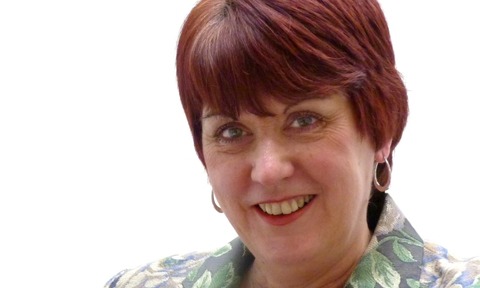Don’t dismiss process safety
11 Mar 2015

Hundreds of safety incidents still occur every year in the process industries, showing that old lessons still haven’t been learnt, says Health and Safety Executive (HSE) chairman Judith Hackitt.
The Major Hazards industries have changed significantly in the last 20 years. Each sector has its own history, but there have been common themes of structural change.
These include: fragmentation - there are now a much greater number of smaller entrepreneurial companies operating major hazard facilities, often without the back-up of extensive in house technical resources; globalisation - many of the major companies operating across the sectors are wholly or in part foreign-owned, which can make it harder to identify and engage with key decision makers; and financial constraints - for example storage facilities replacing some refineries, a move from bulk commodity chemicals to niche speciality products, global oil and gas prices down to levels we would not have expected even a year ago.
We need to change the mindset at the very top of organisations, starting with the boardrooms
HSE chairman Judith Hackitt
In this latter case it’s a phenomenon we have seen before and we know from past experience how low oil prices impact upon business’ thinking about process safety – and it’s not good.
One example of the weak links in the industry that are still getting process safety badly wrong concerns a company called Euticals Ltd, which was a pharmaceutical manufacturer in North Wales.
During an inspection in November 2012, 130 tonnes of a production waste bi-product was found, IsoSorbide DiNitrate (ISDN).
When dry, ISDN has explosive characteristics similar to TNT.
The operator did not have hazardous substance consent for the storage and had no risk assessment for it.
In late July 2013, the site operator announced that the parent company had withdrawn finances and Euticals Ltd was to be liquidated two days later.
The site was disclaimed as a ‘bad asset’.
The parent company was not UK based and the potential for loss of reputation by liquidating the company during the clean-up process does not seem to have been a significant concern.
Much has been done [to clear the site], but significant effort still remains.
There is still a public information zone of over 1 kilometre around the site.
If I had three years ago described this scenario as even a possibility, I am sure I would have been told categorically [by industry] that it could not happen, but it did.
Obvious questions arise about leadership and management of process safety, and of knowledge and competence.
There is nothing wrong with overseas ownership, this is a global industry in a global economy, but in circumstances such as this it can clearly create new challenges.
Do not dismiss this as a one off.
Think about what this has done to public and regulatory body confidence in your industry.
It has very serious implications for the reputation of Responsible Care, not just nationally but globally. It is bound to lead to new lines of questioning when we visit your sites.
Learning and leadership
As well as learning to avoid repeating mistakes that are well documented, there is a need to learn how to avoid making new mistakes as businesses and processes change.
Leadership is much more about constantly asking questions than being confident you have all the answers.
It is quite clear that industry performance in managing major accident risk requires improvement.
Last year HSE investigated 115 incidents at major hazard sites, a significant number relating to loss of containment or other uncontrolled developments such as fires.
While these are by definition “new” incidents over the last year, the causes are not new, making it clear that old lessons are not being learned and put into practice.
Following most major incidents everyone says they want to learn about what happened, but this is often coupled with an underlying need to find a particular quirk or practice which existed in that organisation that makes it different from your own – and therefore enables a quick and often fallacious conclusion that what happened there, “couldn’t happen here”.
So, how do we address the challenges of process safety and in particular the leadership challenge?
One thing I am quite sure about is that we don’t need new initiatives.
We have to move away from process safety being seen as a specialist subject, or a programme that’s added on or applies to some and not others.
It’s integral, it applies to you all and some of you are living on borrowed time.
We need to change the mindset at the very top of organisations, starting with the boardrooms.
Unless we do this, major incidents will continue to happen which will cause substantial levels of casualties to employees and members of the public, major environmental damage, loss of assets and the ability to produce – or hair-raising incidents like the one at Euticals which thankfully did not cause harm to people but has had considerable collateral damage.
Boards that do not focus on process safety have a serious gap in their Corporate Risk register and are potentially taking a gamble with the survival of their business
Judith Hackitt CBE is chairman of the HSE. This article is taken from her speech to the Process Safety Summit in London in January.

